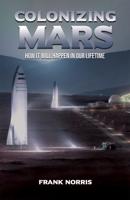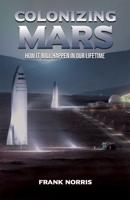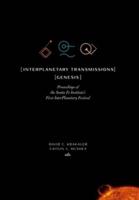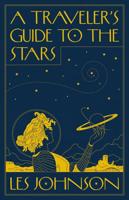Publisher's Synopsis
A first-generation space crane articulated-truss joint was statically and dynamically characterized in a configuration that approximated an operational environment. The articulated-truss joint was integrated into a test-bed for structural characterization. Static characterization was performed by applying known loads and measuring the corresponding deflections to obtain load-deflection curves. Dynamic characterization was performed using modal testing to experimentally determine the first six mode shapes, frequencies, and modal damping values. Static and dynamic characteristics were also determined for a reference truss that served as a characterization baseline. Load-deflection curves and experimental frequency response functions are presented for the reference truss and the articulated-truss joint mounted in the test-bed. The static and dynamic experimental results are compared with analytical predictions obtained from finite element analyses. Load-deflection response is also presented for one of the linear actuators used in the articulated-truss joint. Finally, an assessment is presented for the predictability of the truss hardware used in the reference truss and articulated-truss joint based upon hardware stiffness properties that were previously obtained during the Precision Segmented Reflector (PSR) Technology Development Program. Sutter, Thomas R. and Wu, K. Chauncey and Riutort, Kevin T. and Laufer, Joseph B. and Phelps, James E. Langley Research Center RTOP 506-43-41-02...










